1. Turmeric for Inflammation
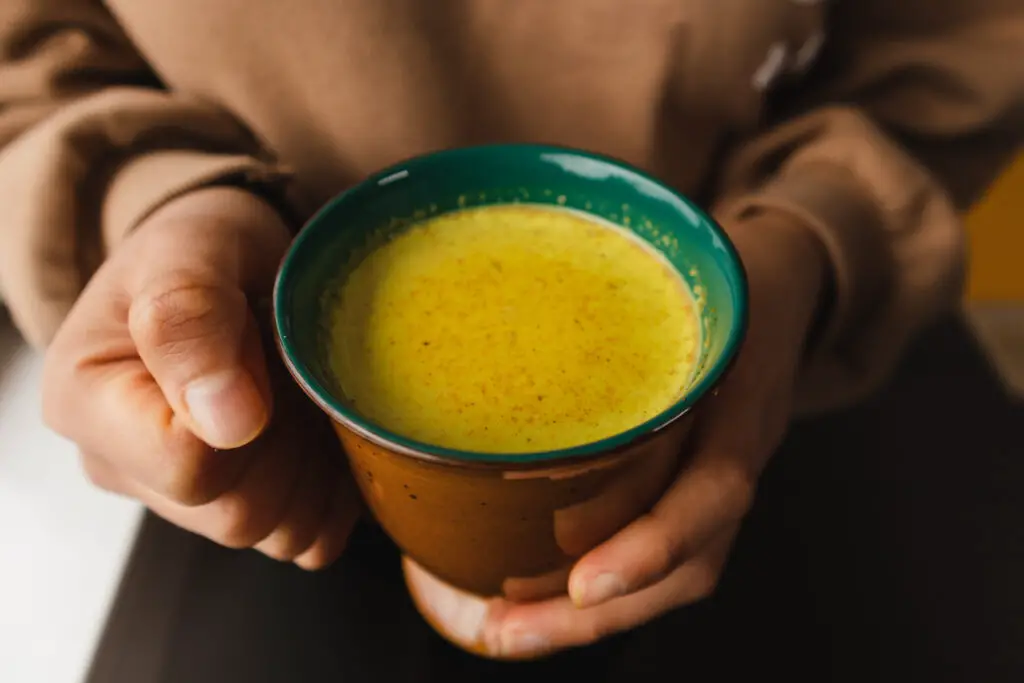
Turmeric has been used in Indian Ayurvedic medicine for thousands of years, often as a go-to remedy for joint pain, digestive issues, and skin conditions. That golden-yellow spice in your pantry isn’t just there to flavor curry, it’s packed with curcumin, a compound that science is finally recognizing as a powerful anti-inflammatory says Johns Hopkins Medicine.
Recent studies show curcumin can be just as effective as some over-the-counter anti-inflammatory drugs, without the harsh side effects. Researchers are looking into its benefits for arthritis, metabolic syndrome, and even depression. It doesn’t work overnight, but with consistent use, people have reported noticeable improvements. It’s also showing promise in supporting brain health and lowering the risk of chronic diseases. Not bad for something you can sprinkle on your eggs adds WebMD.
2. Garlic for Heart Health
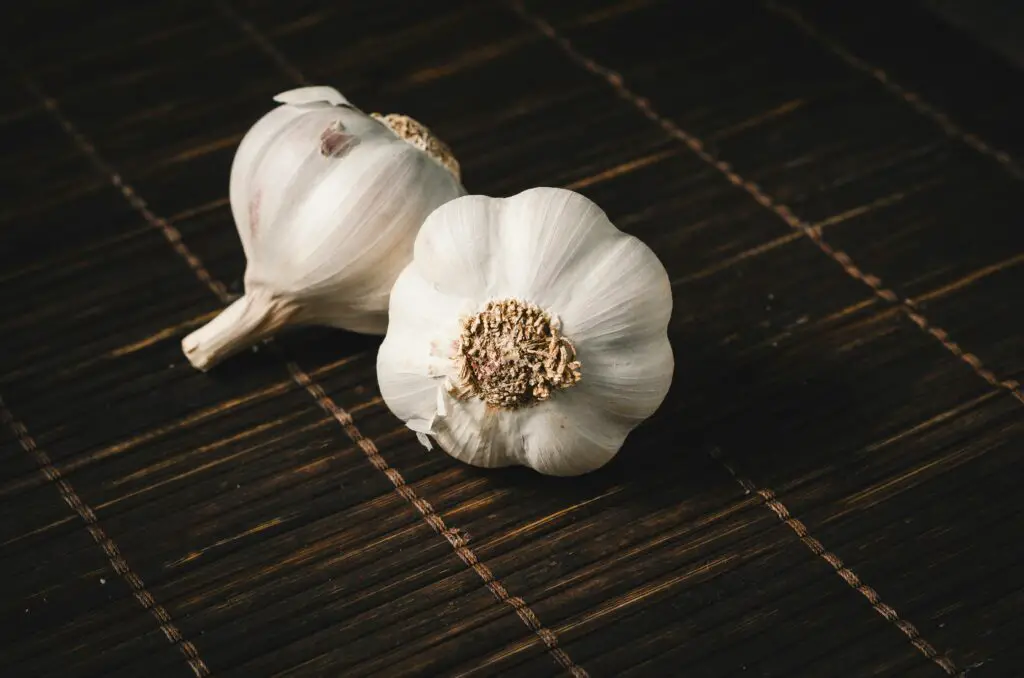
Garlic might be more famous for keeping vampires away, but ancient cultures swore by its ability to keep the heart strong. Egyptians, Greeks, and Romans all used garlic for its healing properties, and now, science is catching up explains Heart.org.
Clinical trials have shown that garlic can help lower blood pressure and reduce cholesterol levels. It’s the sulfur compounds, especially allicin, that give it its heart-helping power. Some people take supplements, but raw garlic in food can also be effective. It’s a natural blood thinner, so it may even reduce the risk of stroke. And while it might not leave your breath minty fresh, your arteries might thank you adds Healthline.
3. Honey for Wound Healing
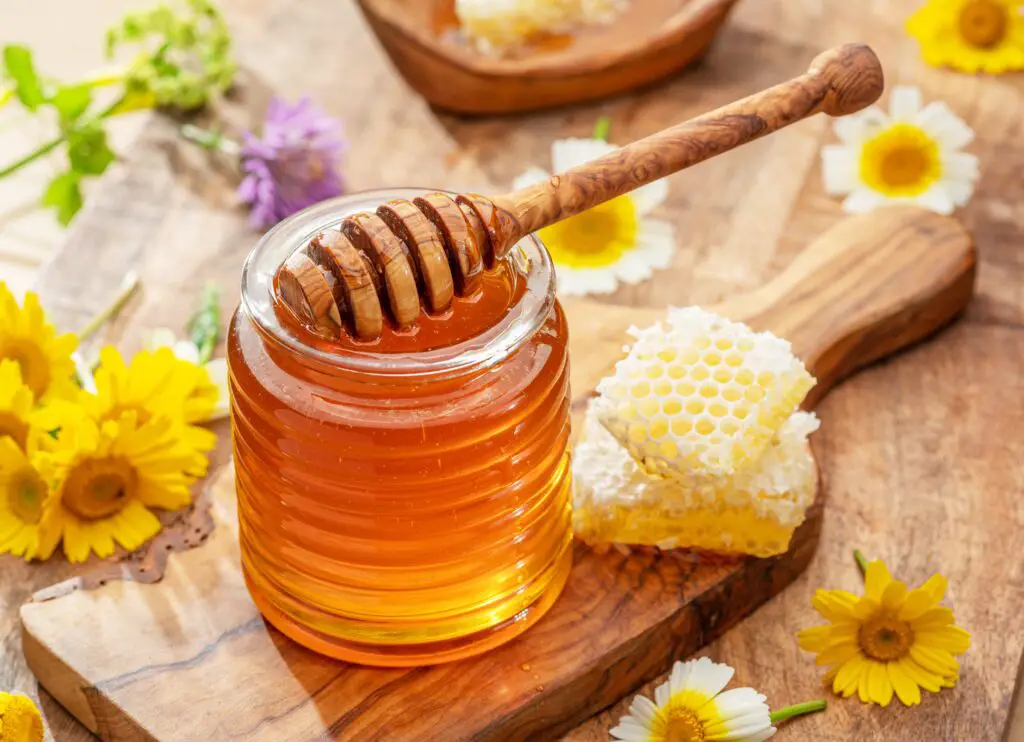
Long before antibiotics, honey was the medicine cabinet staple. Ancient Egyptians used it to dress wounds and prevent infection, and for good reason—it’s naturally antibacterial and creates a protective barrier.
Modern science has confirmed that medical-grade honey, especially Manuka honey, helps heal cuts and burns faster. It reduces inflammation and keeps wounds moist, which speeds recovery. Hospitals now use honey-infused bandages for certain types of injuries. It’s even being studied for its role in treating antibiotic-resistant infections. It might be sticky, but it’s surprisingly powerful.
4. Ginger for Nausea
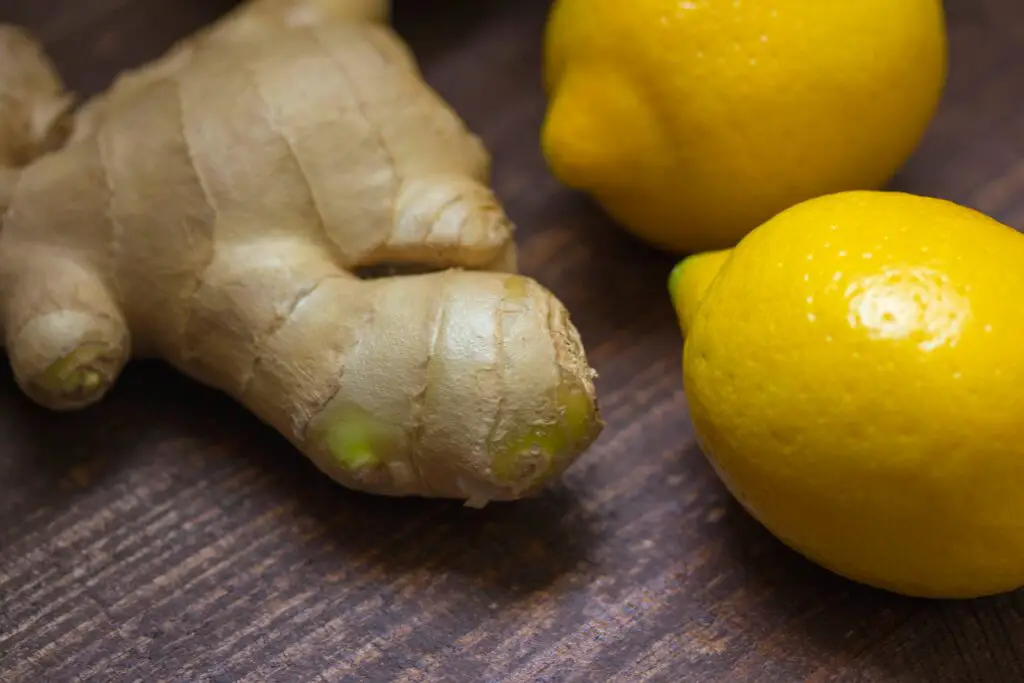
If your grandmother ever gave you ginger ale when you had a stomachache, she was onto something. Ginger’s been used in Chinese and Indian medicine to treat nausea and indigestion for centuries.
Today, it’s backed by research for calming morning sickness, motion sickness, and even nausea from chemotherapy. Its active compounds, gingerols and shogaols, help relax the digestive tract and reduce inflammation. Many pregnant women safely use ginger to ease symptoms without needing prescriptions. You can sip it as tea, chew it raw, or take it in capsules. Either way, it’s one of the gentlest ways to settle an upset stomach.
5. Acupuncture for Pain Relief

Acupuncture has always seemed a little mysterious to those unfamiliar with it, but it’s been practiced in China for over 2,000 years. The idea of sticking needles into the skin to relieve pain might sound strange, but a growing number of studies say it works.
Science shows acupuncture helps with chronic pain, especially back pain, osteoarthritis, and migraines. It seems to stimulate the body’s natural painkillers, like endorphins, and promote blood flow. Some hospitals and clinics now offer it as part of integrated pain management plans. Even the World Health Organization recognizes its benefits for certain conditions. It’s no longer just alternative—it’s becoming part of mainstream care.
6. Peppermint for Digestion
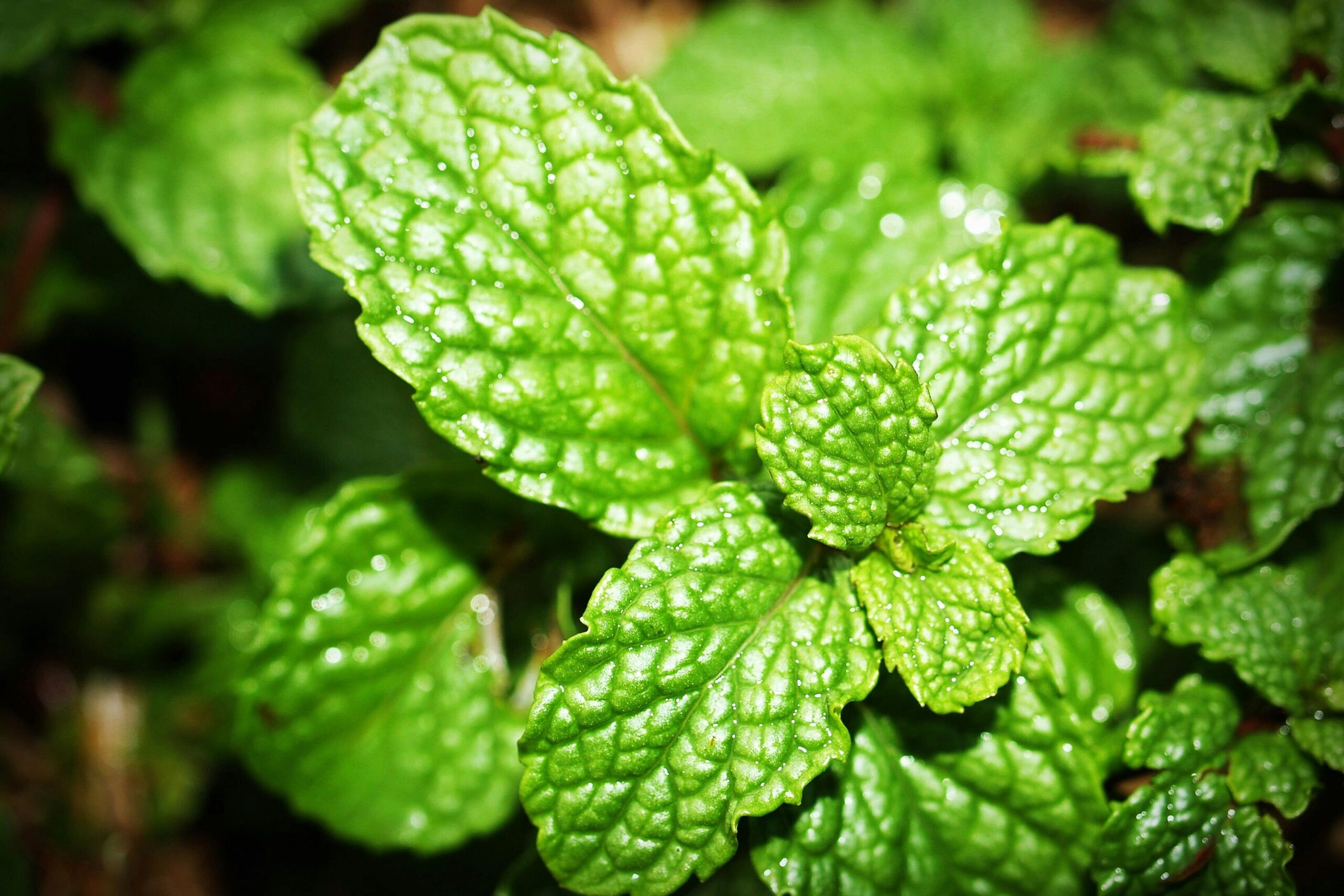
Peppermint has long been the after-dinner herb, used to calm the belly and freshen breath. The ancient Greeks and Romans loved it, and today it’s more than just a flavor in gum or tea.
Studies show that peppermint oil can help with irritable bowel syndrome (IBS) by relaxing the muscles of the gastrointestinal tract. It reduces bloating, cramping, and gas in many patients. Enteric-coated capsules help the oil make it to the intestines without dissolving in the stomach. It’s even found in some prescription-level digestive aids. So yes, that soothing minty cup of tea might be doing more than you realized.
7. Willow Bark for Pain

Before aspirin, there was willow bark. Indigenous peoples and ancient civilizations alike brewed it into teas for headaches, fevers, and sore muscles. Willow bark contains salicin, a natural compound that your body converts into salicylic acid—the same active ingredient in aspirin.
It works as a pain reliever and anti-inflammatory, and it’s especially popular for people looking for a more natural approach. Some studies show it can help with lower back pain and osteoarthritis. Of course, like aspirin, it can irritate the stomach, so moderation is key. Still, it’s fascinating how something so old is still helping people today.
8. Aloe Vera for Burns

You’ve probably used aloe vera after a sunburn, but this desert plant has been soothing skin since the time of Cleopatra. Ancient Egyptians called it the “plant of immortality,” and they weren’t far off.
Science confirms aloe’s gel is loaded with vitamins, antioxidants, and enzymes that help skin heal faster. It soothes inflammation, moisturizes without clogging pores, and even helps with minor cuts and scrapes. Some research shows it can speed up the healing process of first- and second-degree burns. You can use the gel straight from the plant or buy a pure version in a tube. Either way, it’s a first-aid must-have.
9. Fennel for Menstrual Cramps
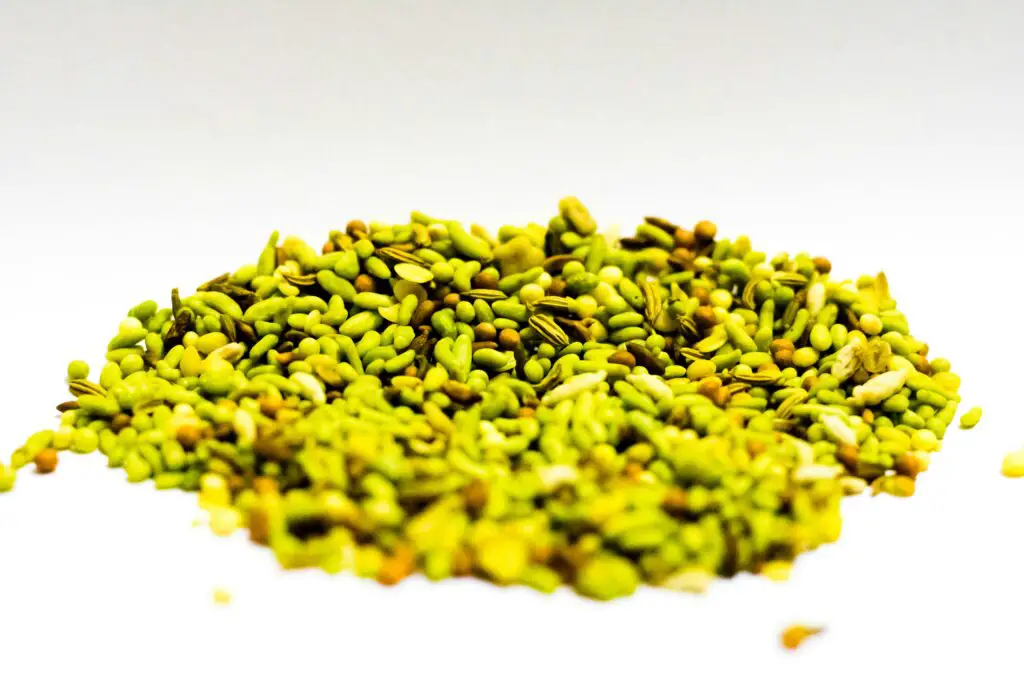
Fennel seeds have been used in Middle Eastern and Indian cultures to ease digestion and women’s health issues, especially menstrual pain. The sweet, licorice-like flavor is just a bonus.
Recent studies have shown fennel extract can significantly reduce menstrual cramps by relaxing uterine muscles and reducing inflammation. Some women find it just as effective as over-the-counter painkillers. It also helps relieve bloating and digestive discomfort that often comes with periods. You can sip it as a tea or chew on the seeds. And unlike some pain medications, it comes with very few side effects.
10. Licorice Root for Sore Throats
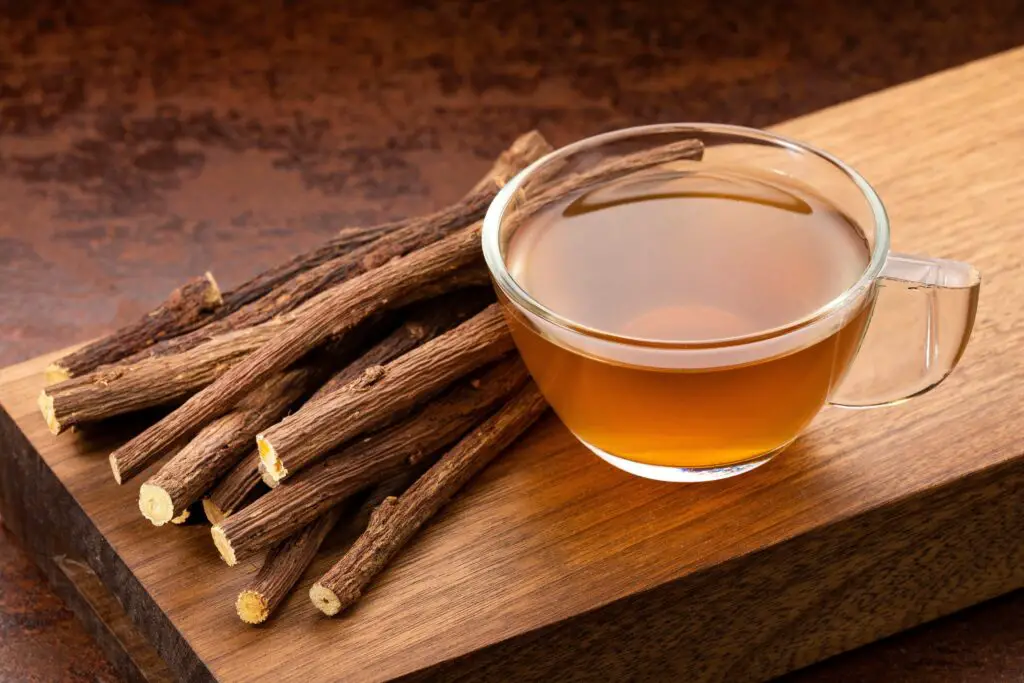
Licorice root has been a remedy in Chinese and Middle Eastern medicine for thousands of years, especially for respiratory issues. Today, it’s a common ingredient in natural throat lozenges and teas.
Its soothing properties come from compounds that coat the throat and reduce irritation. Some studies suggest it has antiviral and antibacterial effects, making it even more useful during cold season. Licorice root tea can also help with ulcers and acid reflux when taken in moderation. Just be cautious—too much can raise blood pressure or cause potassium loss. A little goes a long way with this sweet remedy.
11. Ashwagandha for Stress
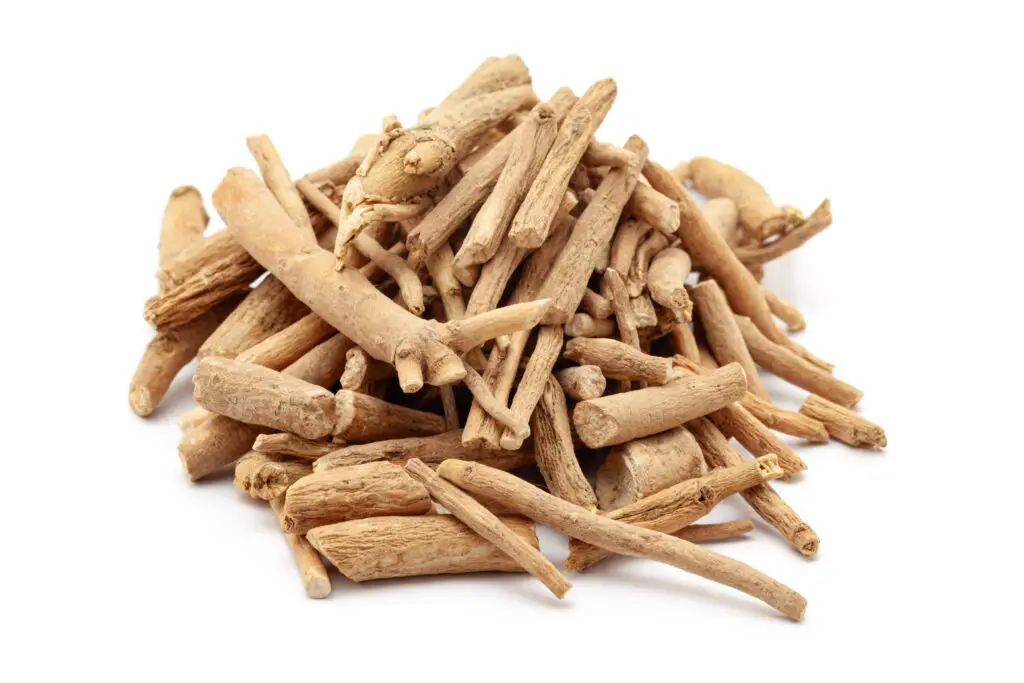
Ashwagandha has long been used in Ayurvedic medicine to help the body cope with stress and promote energy. Often referred to as an adaptogen, it’s basically nature’s way of helping you handle burnout.
Modern research backs up its calming benefits, showing it may reduce cortisol levels—the hormone responsible for stress. Some people report better sleep, more focus, and improved mood after regular use. It’s also being studied for its potential to support thyroid function and boost immune response. You can find it in capsules, powders, and even some drinks. It’s a gentle but powerful addition to any wellness routine.
12. Fenugreek for Blood Sugar
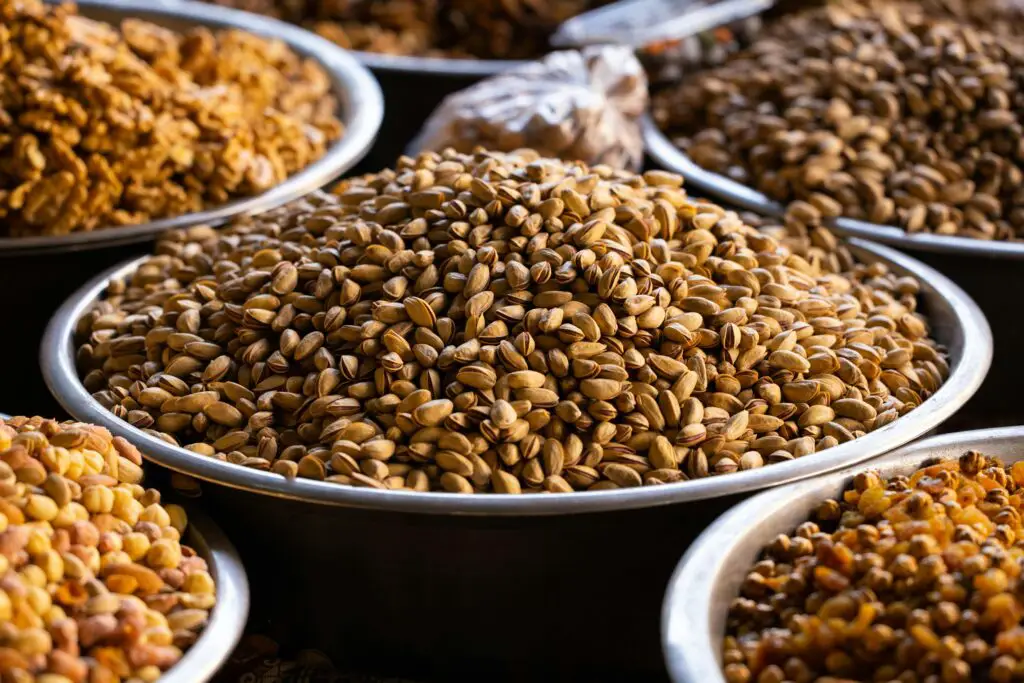
Fenugreek has been a staple in traditional Indian and Middle Eastern medicine, especially for balancing blood sugar and supporting lactation in new mothers. The seeds are bitter, but their benefits are anything but.
Studies now show fenugreek may help lower blood sugar in people with type 2 diabetes by improving insulin sensitivity. It’s high in soluble fiber, which slows down sugar absorption and helps control spikes. Some people use it in cooking, while others take it as a supplement. It may also help reduce cholesterol levels. It’s one of those herbs that’s quietly powerful and worth paying attention to.
